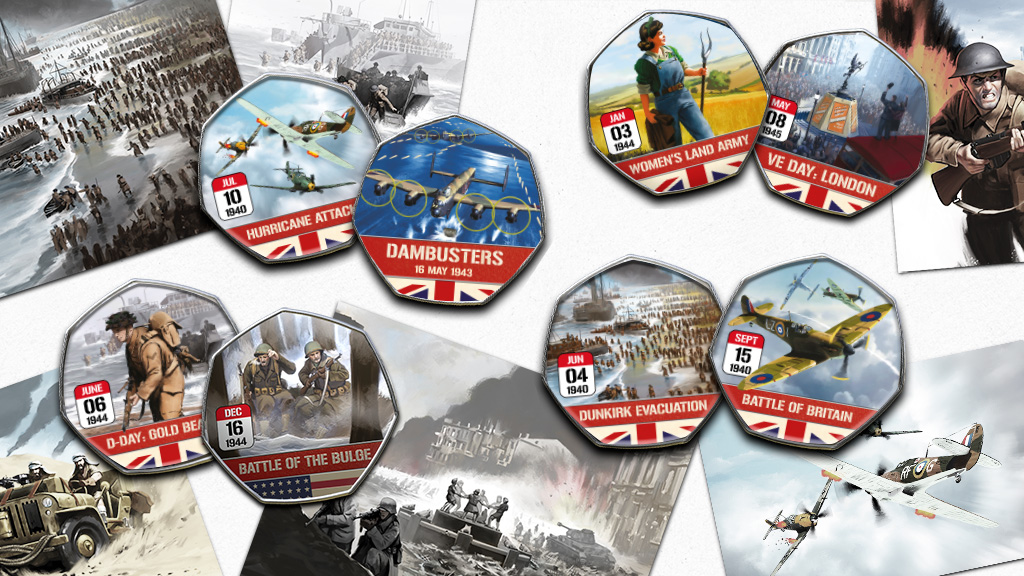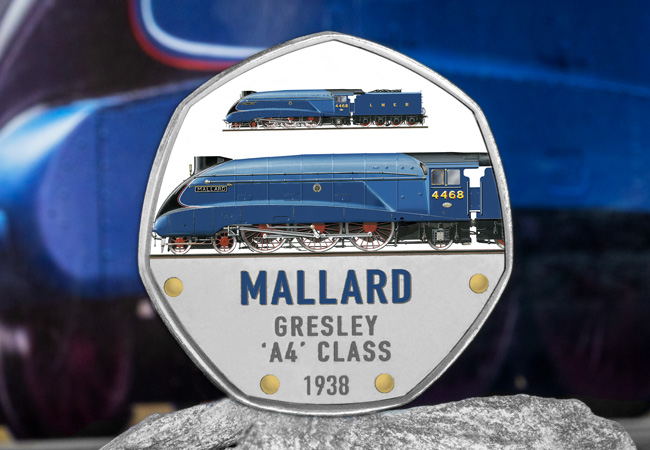Posts Tagged ‘British history’
Celebrating 20 Years of Supersonic History: Remembering the Last Flight of Concorde
Today is a very significant day in aviation history! The iconic Concorde jet, renowned for its supersonic speed and luxury, bid its final farewell on October 24, 2003. This last commercial passenger flight G-BOAG took off from New York City’s John F. Kennedy International Airport, soaring through the skies at twice the speed of sound, and touching down at London’s Heathrow Airport.
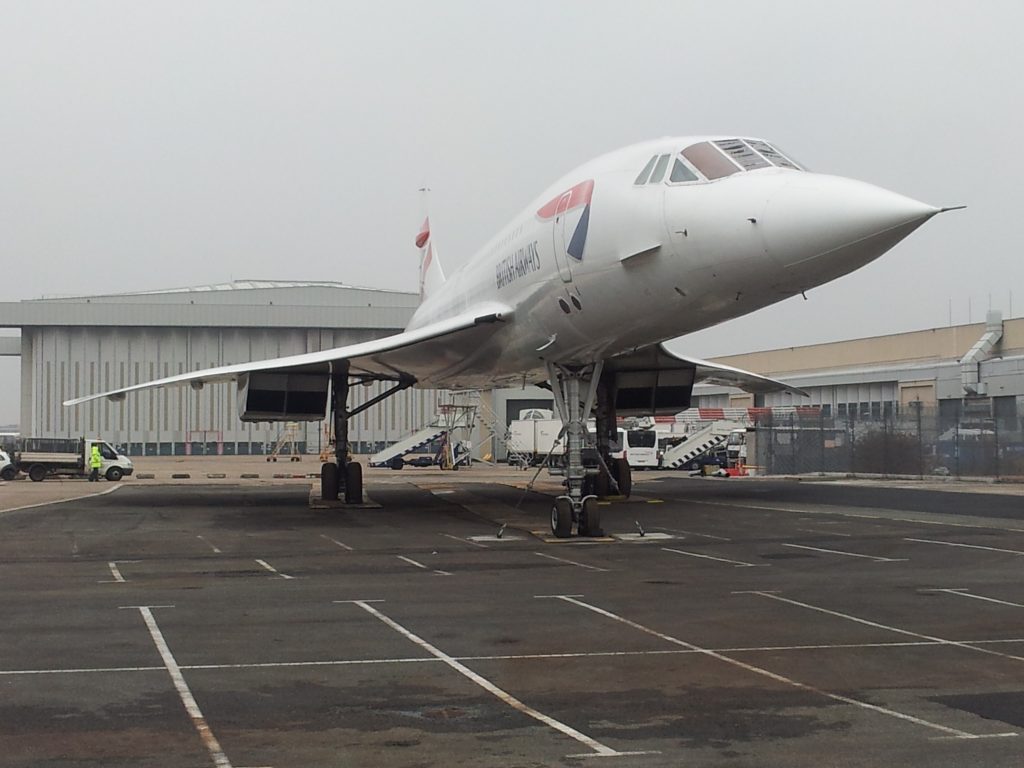
On board were 100 passengers, including famous personalities and an adventurous Ohio couple who had secured two tickets on eBay for a staggering $60,300.
This final journey marked the end of an era, as the typical roundtrip trans-Atlantic fare, which cost around $9,000, was now history. Simultaneously, other Concorde flights embarked on their last voyages from Edinburgh and the Bay of Biscay, drawing large crowds of spectators.

Concorde’s Legacy
Concorde, a marvel of British and French joint innovation, took to the skies in January 1976 for its first commercial flight. It represented a significant leap in aviation technology and design, and its sleek, delta-winged design enabled it to complete the transatlantic journey between New York and London in a mere three and a half hours, cruising at an astonishing speed of 1,350 miles per hour. Concorde was more than just a means of travel, it was an emblem of speed and luxury, captivating the world’s imagination.
Challenges faced by Concorde
Despite its iconic status, Concorde was not without its challenges. Some individuals living under its flight path criticised the substantial noise it generated, disrupting their everyday lives. Tragically, a dark chapter in Concorde’s history unfolded on July 25, 2000, when an Air France jet crashed shortly after take-off from Paris. This catastrophic incident claimed the lives of all 109 people on board, as well as four others on the ground. Following the crash, all Concorde flights were suspended for over a year, with investigations, safety checks, and improvements taking place.
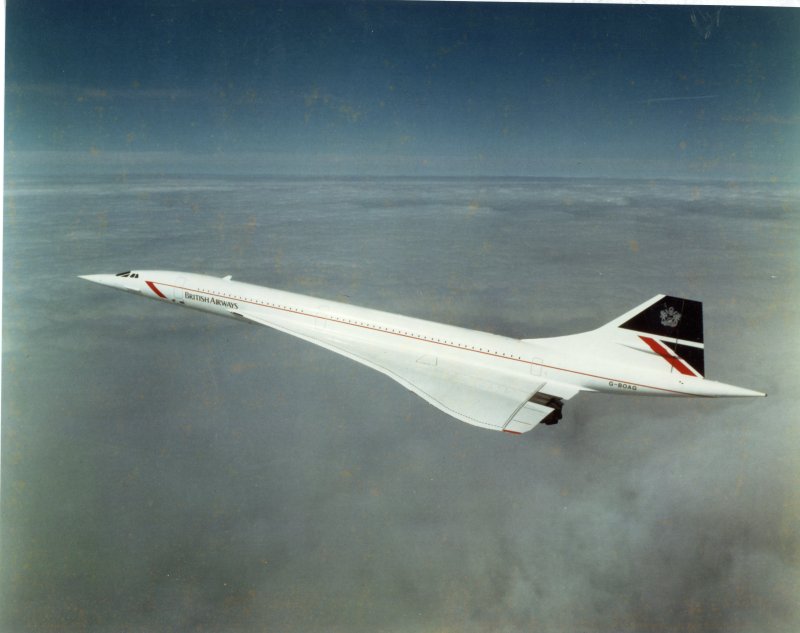
The final commercial flight of Concorde on October 24, 2003, marked the end of an era in aviation. This iconic jet, born from international collaboration, redefined the possibilities of air travel with its incredible speed and luxury. While Concorde had its share of challenges, including noise complaints and a tragic accident, it remains an iconic symbol of human ingenuity and ambition. Concorde’s legacy lives on, reminding us of the thrill of pushing the boundaries of what is possible in the skies.
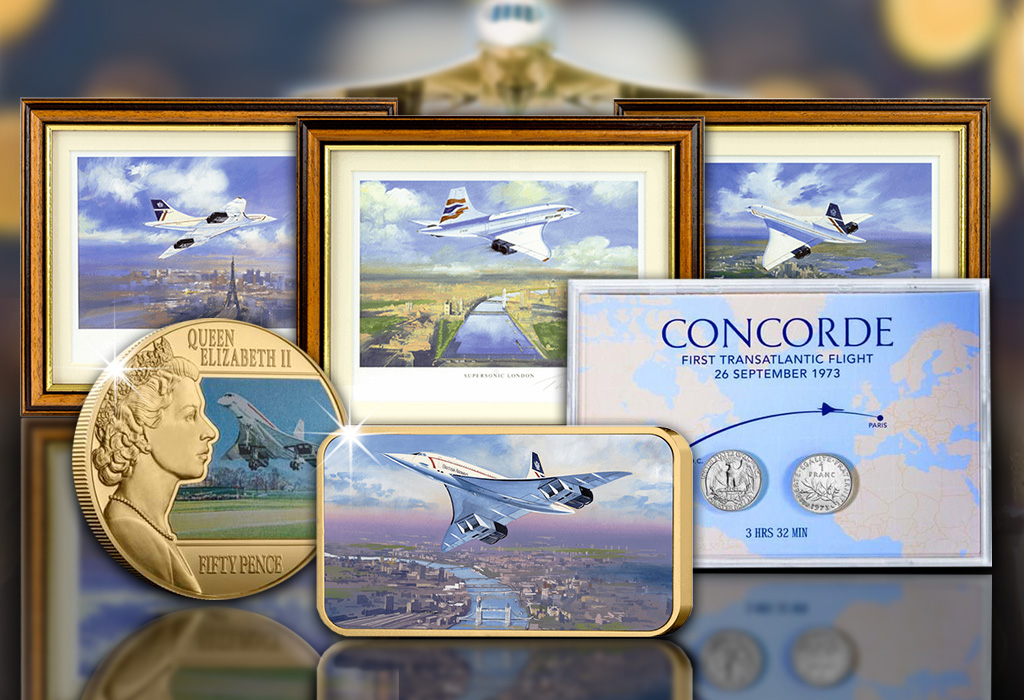
To mark this significant day in aviation history and to celebrate the legacy of this legendary supersonic jet, we have curated a special range over the years for our collectors. Featuring Gold plated coins, Signed framed prints and Limited edition ingots, our Concorde Collectables range has something for everyone – See our Concorde Collectables range by clicking here.
Exclusive Interview with Neil Roberts – The renowned military artist behind the NEW Britain at War Commemorative Collection
Last month, we had the privilege of diving into the creative mind of Neil Roberts, the artist behind our brand new Britain at War Commemorative Collection which encapsulates key moments from World War II.
Neil Roberts, whose work has graced the covers of Britain’s longest-running war comic book, Commando Comic, has lent his artistic prowess to craft this iconic collection.
Join us as we unravel the inspirations and creative journey that brought this remarkable project to life.
This is perhaps the most comprehensive and brilliantly illustrated WWII Collection ever created. From the Battle of Britain and D-Day, to the Great Escape, the Blitz and the Desert Rats – it’s all there.
Introducing the brilliantly illustrated WWII Collection
Special Introductory Offer – Yours FREE (+postage) when you trial the Britain at War Collection
Best of all, you can join this superb new collection for FREE (all you pay is postage). And, as a special introductory offer you will receive not one, but TWO of the commemoratives from this brilliant series for FREE (+£2.99 postage) when you trial the Britain at War Collection.

There’s nothing to lose. If it’s not for you – simply send it straight back to us and we’ll refund your postage. There’s no further commitment.
Click here to secure your FREE Battle of Britain and Escape from Colditz Commemoratives and trial the Britain at War Collection >>
The Need for Speed: 5 Facts About The Mallard
When it comes to pushing the boundaries of engineering and speed, one name stands out above the rest in the annals of railway history – the Mallard.
This iconic steam locomotive holds a special place in the hearts of enthusiasts and historians alike. Join us as we delve into the story of the Mallard and uncover five fascinating facts about this legendary machine.

Credit: G-13114 at English Wikipedia, CC BY-SA 4.0
The Record Breaker
The year was 1938, and the quest for speed was on.
The Mallard took centre stage when on July 3rd of that year, it embarked on a mission to break the world speed record for steam locomotives.
Rocketing along the East Coast Main Line, near Grantham, the Mallard reached an incredible speed of 126mph, breaking the record previously held by Germany’s DRG’s Class 5 Locomotive that had reached 124.5mph in 1936.
And the Mallard’s world record still stands to this day.
A plaque has been mounted on its side to commemorate its historic achievement, proudly displaying its maximum speed of 126mph.

Credit: Alan Wilson at English Wikipedia, CC BY-SA 2.0
Designed for Speed
The brainchild of Sir Nigel Gresley, the renowned chief mechanical engineer of the London and North Eastern Railway (LNER), the Mallard was built at the Doncaster Works.
Gresley incorporated several features to maximize speed, including a streamlined body and a three-cylinder design for greater power and efficiency.
A Train of Firsts
The Mallard was not only a speed demon but also a pioneer of innovative technologies.
It was the first locomotive to be fitted with a Kylchap double blastpipe and chimney, which significantly improved steam flow and enhanced performance.
Additionally, it was one of the first locomotives to be painted in the iconic LNER garter blue livery, making it instantly recognizable.
A Legacy Preserved
Today, the Mallard is part of the National Collection, residing in the National Railway Museum in York. Following a restoration project which brought the Mallard back to its former glory, the magnificent locomotive is a star attraction.

Credit: G-Man at English Wikipedia, CC BY-SA 3.0
Links to Ornithology
Gresley had a keen interest in birds and birdwatching and as such many of the locomotives in the A4 class were named after birds.
Including the Mallard, Falcon, Golden Eagle, Sparrow Hawk, Kingfisher, Wild Swan and Guillemot to name a few…
Yours FREE: The Mallard Commemorative
Today you can own the first issue in the British Railway Heritage Collection – The Mallard Commemorative – for FREE. You’ll only pay postage.
The Mallard Commemorative is the first in a collection celebrating Britain’s Railway Heritage – with each issue featuring an intricately illustrated locomotive from the annals of railway history.
By ordering your commemorative today, you have the chance to trial the British Railway Collection for FREE (+postage) with absolutely no obligation to continue collecting if you don’t want to.
Introductory Offer
The Mallard Commemorative is an Introductory Offer for the British Railway Heritage Collection. Each month, you’ll receive four commemoratives for £25.00 (+p&p). You’ll also receive your FREE Presentation Album to house your collection. You can cancel your subscription at anytime.

